Northeast Adaptive Transformations
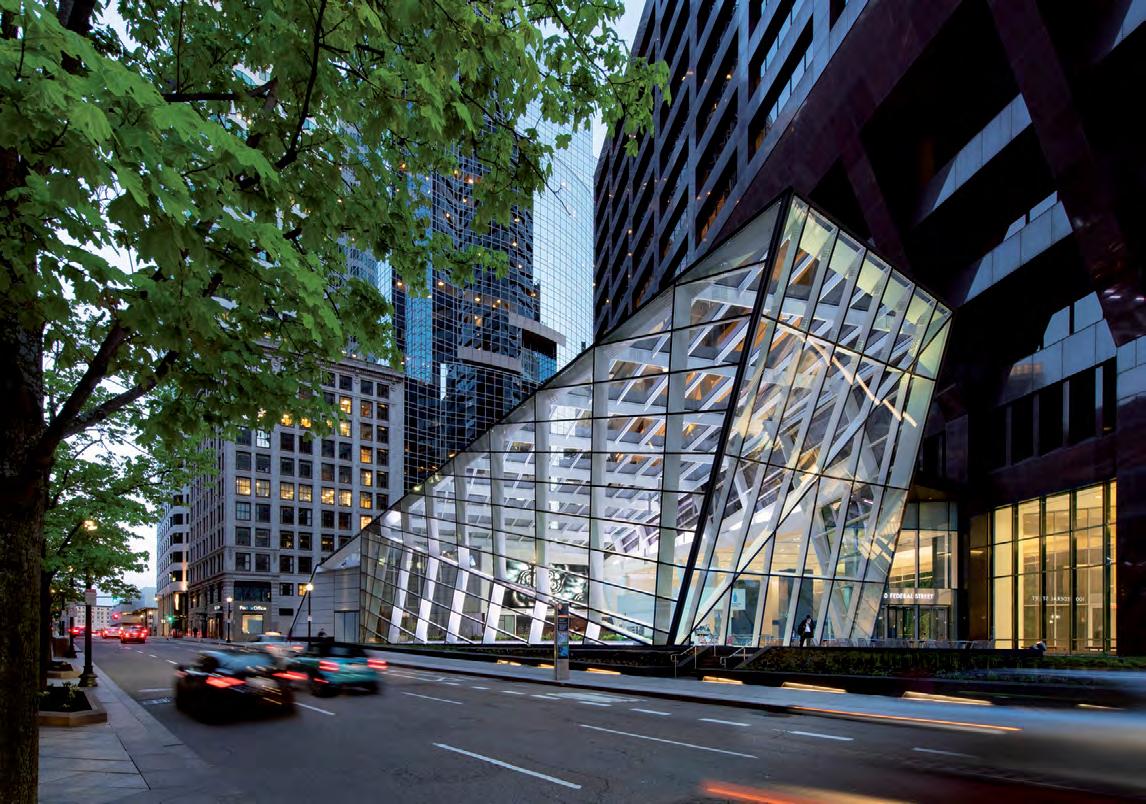

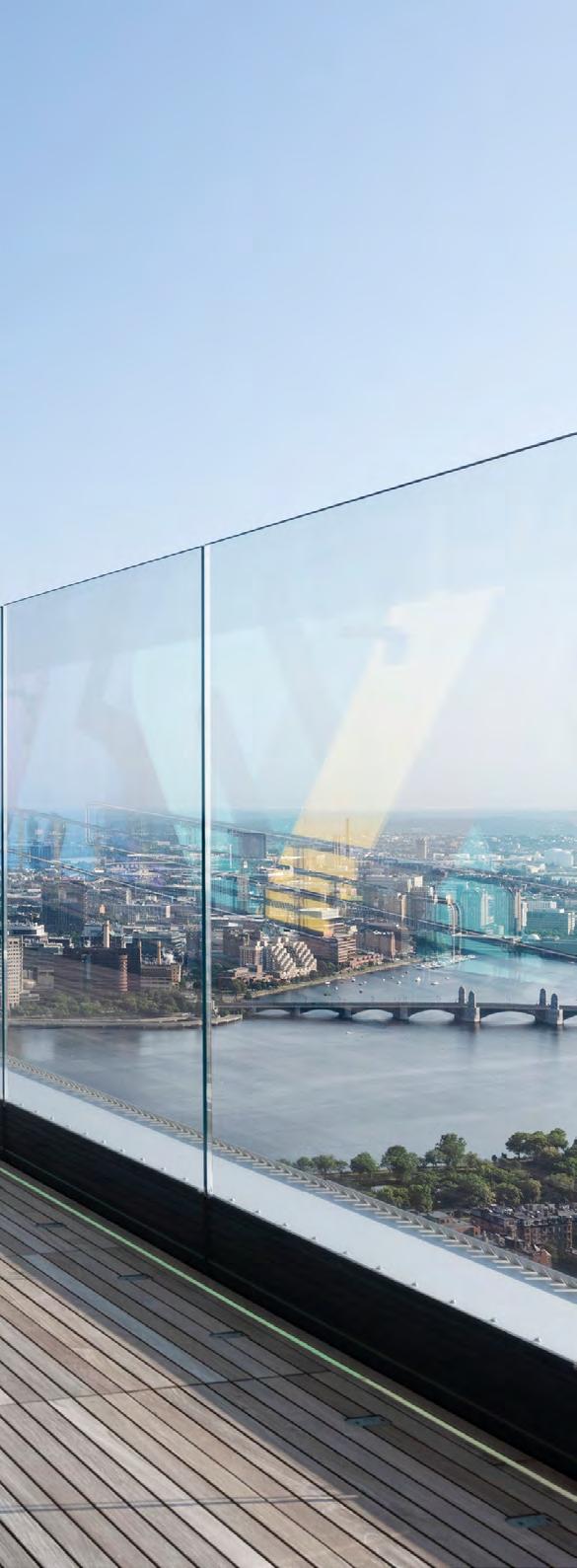
80% of the buildings that will exist in 2050 have already been built.
Repurposing
The




80% of the buildings that will exist in 2050 have already been built.
Repurposing
The
The most sustainable building is often one that already exists.
We believe in the renewal of buildings and landscapes that have lost their way—not simply because it is the most cost-effective thing to do, but because it is the most sustainable way to build. Environmental vulnerability, carbon neutrality, and supply chain volatility require that our cities reconsider contemporary development. For us, this is a call to reconsider adaptive reuse; we need to expand our ambitions and challenge our preconceptions. Beyond adaptive reuse is a design approach with a broader reach towards placemaking and place keeping. This is Adaptive Transformation.
Historic buildings captivate our imagination. We are passionate about restoring vibrant places that came before us and revealing hidden potential. We approach existing buildings with precision and boldness, rigor and invention, finding the beauty behind the decay and preserving their quality and craft. We aim to breathe life into forgotten places and design meaningful civic, cultural, and community destinations.

Existing conditions offer us productive constraints that reposition distressed assets into active, site-specific design solutions.
More than just a design ethos, Adaptive Transformation presents a number of financial and operational incentives. Building renewal creates opportunities to pursue historic tax credits, minimize energy demands, and lower operational and embodied carbon. Compared to new buildings, construction timelines are often truncated, expediting occupancy, compressing carrying costs, and maximizing financial returns.
Behind every Adaptive Transformation project is an enthusiastic and dedicated team. We love partners who share in our aspirations and believe that great buildings and landscapes need inspired caretakers. The process of adaptive transformation takes time and patience, creativity and perseverance.
However, like every worthwhile endeavor, these buildings deserve our boundless energy and undivided attention.
Any project can find opportunities to reuse materials, but there’s no one-size-fits-all solution. Reuse strategies are inherently flexible and can be tailored to each project’s context, goals, and constraints. From repurposing structural elements to salvaging finishes or fixtures, the possibilities are broad and adaptable.
2. The American Institute of Architects (AIA) (2020). Adaptive Reuse Guide - A Framework for Creating CommunityCentered Architecture. The American Institute of Architects.
Light Intervention Reposition
Maintaining and protecting a building in its current form without making significant alterations. The primary focus is preventing deterioration and preserving the building’s historic, architectural, and cultural significance for future generations.1
Envelope Performance Reclad
Returning a building to a specific time period, often its original or historically significant condition. Restoration can include repairing or replacing certain features based on historical documentation or evidence to match the original. 1
Systems Compliance & Energy Upgrade
Repairing and making a building usable again while allowing for some updates and alterations to meet modern requirements. The goal is to retain the building’s historical features while incorporating elements that allow it to serve contemporary uses.1
Major Intervention Addition
Projects may retain and reuse materials in situ where feasible or procure reclaimed materials from offsite sources to reduce material demand, minimize waste, and support circular resource strategies.
Change of Use, Program, & Market Overbuild
Repurposing an existing building for a use other than its original design while maintaining its structural integrity and character. The goal is to extend the life of the building by giving it new functionality.2
Assess all capital costs, immediate, deferred, and operational. Understand the full financial picture.
Explore the existing structure thoroughly to uncover and mitigate hidden conditions, code issues, or irregularities.
Commission a Zoning and ‘bestuse’ feasibility study to compare as-of-right yield with what’s possible through entitlement.
Catalog the building’s inherent traits (i.e. floor-to-floor heights, bay sizing, structural grid) for analysis with reuse program types.
When we think about how to transform a building, eight critical insights emerged from our design process. These act as lessons in which some, not necessarily all, apply to each of our selected projects.
Leverage the asset’s character and history to craft a brand narrative that aligns with market perception.
Prioritize high-impact upgrades to yield greatest value, attractiveness, and memorability to tenants and visitors.
Engage brokers and prospective tenants early to identify unique amenities and spatial qualities to create a bespoke offering.
Choose finishes that reflect authenticity and craft, minimize maintenance, and meet modern sustainability and wellness standards.
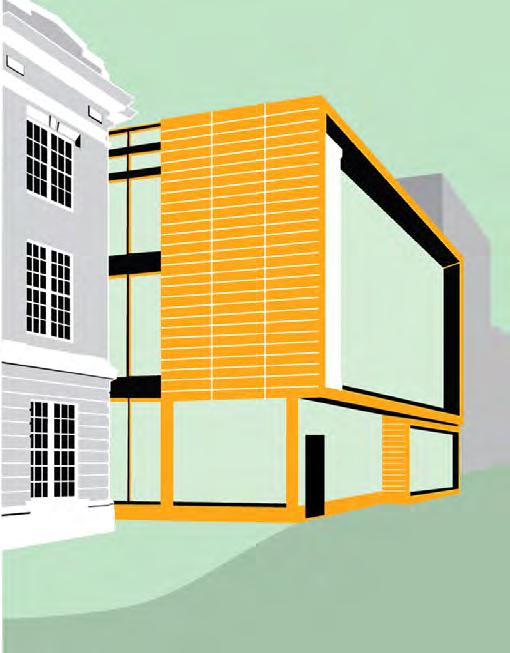
The process requires an in depth understanding of existing conditions. Once we have accessed the these conditions and reviewed applicable “insights” the following Design Process would take place:
Begin by aligning around the “8 Insights” and defining the goals that will shape a successful outcome.
Use this framework as a guide for decision-making— distilling the potential within existing building constraints to identify key design opportunities.
With shared focus, we explore multiple options to uncover new possibilities for amenities, workplace performance, and the public realm.
The most effective interventions do more than just solve problems—they unlock program potential and generate distinct market value.
By examining existing conditions, we look for ways to elevate performance across sustainability, wellness, and material health.
Repurposing takes time and care. Like all meaningful work, these buildings deserve our full attention. Do you have a vision for an existing structure—something greater, more purposeful, and resonant? Let’s reimagine it together, infusing it with renewed spirit and lasting impact.
The most effective interventions solve multiple problems.
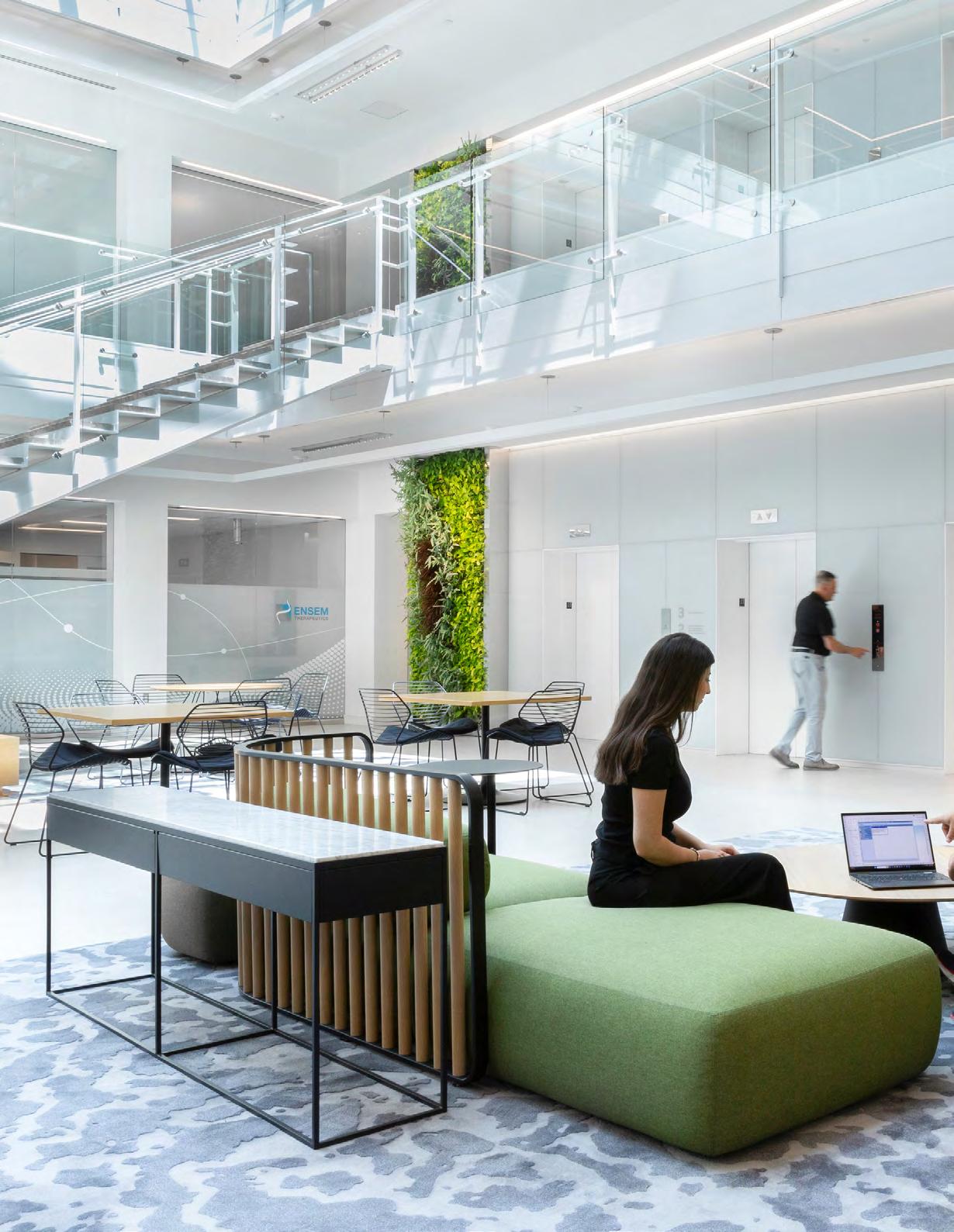

―
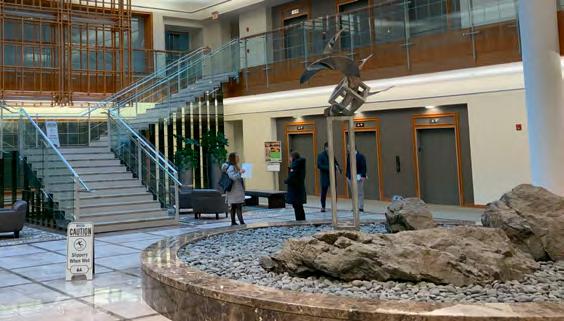
Client: BXP
Size: 20,000 square feet
Completion Date: 2018
Awards: Harleston Parker People’s Choice Award, BSA Design Awards, 2019; Citation, Design Excellence, BSA Design Awards, 2019; Citation, AIA New England Design Awards, 2019; IDEAS2 Merit Award, American Institute of Steel Construction, 2019; Award of Excellence, Best Practice (Small Projects), IFMA, 2019; Merit Award, Office/MixedUse Developments, ENR New England, 2018
Critical to limiting financial exposure within existing buildings is early research and time spent onsite, uncovering the extents of remedial work necessary to bring an asset up to code, maximum efficiency, or current accessibility. At this repositioning, much of the above ground public space relied in needling through existing lower levels of original construction, the condition of which was largely unknown at the outset of the project.
Tracing existing utilities through the basement levels, and discovering early on which were critical for maintenance during and after construction was instrumental to lowering downtime to the tower during construction, and lowering risks associated with unknown conditions.
Conduct Due Diligence
Anticipate the Unexpected
Create a Brand
Curate First Impressions
Define the Potential
Set Building Expectations
Differentiate the Asset
Use Timeless Materials
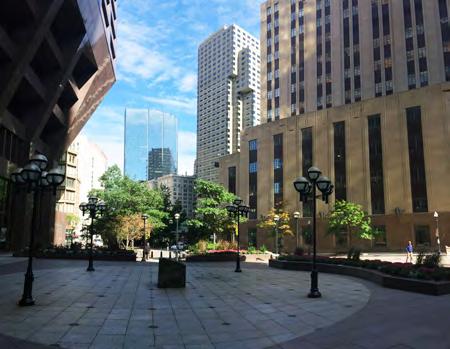
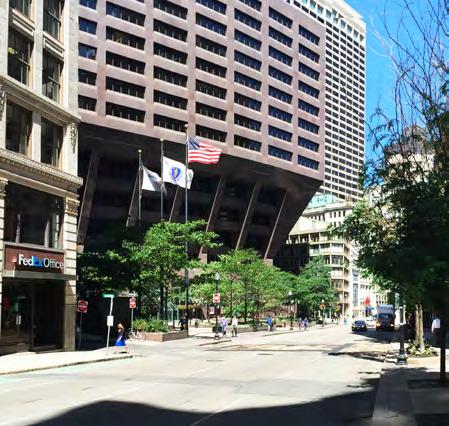
Building entrance and plaza before renovation
Renovation includes a new Congress Street entry that slips into the atrium to receive people traveling from the South, while the reflecting the distinctive geometry of the tower in a modern way.

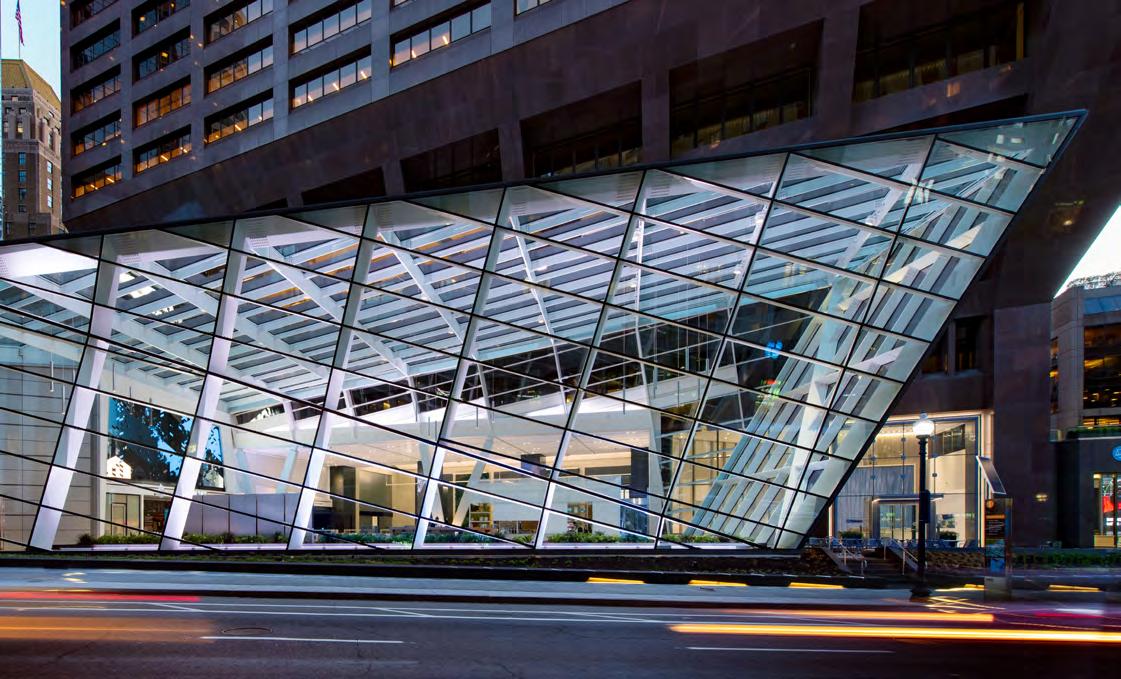
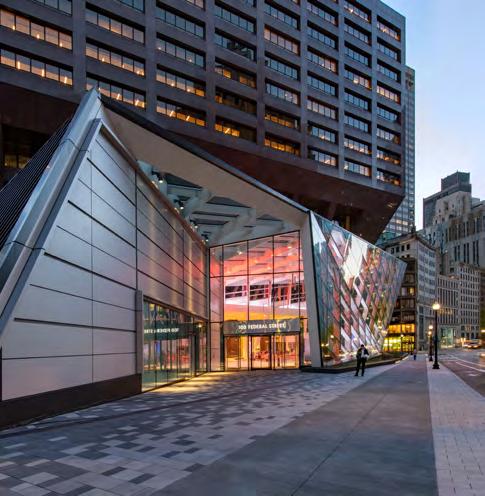

Client: Massachusetts Institute of Technology
Investment Management Company (MITIMCo)
Size: 451,000 square feet
Completion Date: 2021
Sustainability: LEED Gold ®
Awards: Finalist, Mixed Use, The Plan Awards, 2023; Design Excellence Awards Citation of Merit, Large Project Category, AIA Chicago, 2022; Design Awards Citation, AIA New England, 2022
The building’s design reinforces the scale and character of its neighborhood. By preserving the existing 238 Main Street Building and creating a connector through a 5-story glass atrium, the design will preserve the pedestrian scale of Kendall Square.
The design team welcomed a challenge during construction to tie the buildings together “with a bridge.” The unexpected design opportunity become a catalyst for how the existing building and new building formed a new architectural dialogue. Together they reflect both the particular and the whole, creating a community of scholars that fits comfortably into the community of Kendall Square, MIT and Cambridge.
Conduct Due Diligence
Anticipate the Unexpected
Create a Brand
Curate First Impressions
Define the Potential
Set Building Expectations
Differentiate the Asset
Use Timeless Materials
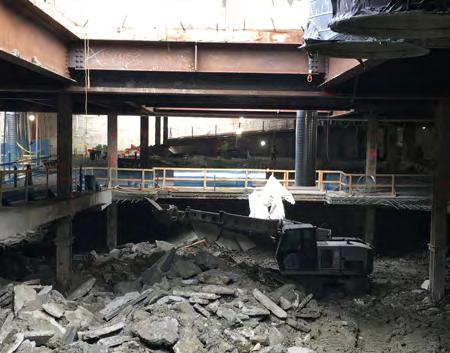


Site 3 Approach from Main Street, Glass Atrium interfaces with existing 238 Main Street building
New connecting bridge creates a dynamic interface between old and new, while vertical conveying systems become a structurally expressive element.


A unique case study in designing a research community within a multi-tenant lab/office building.

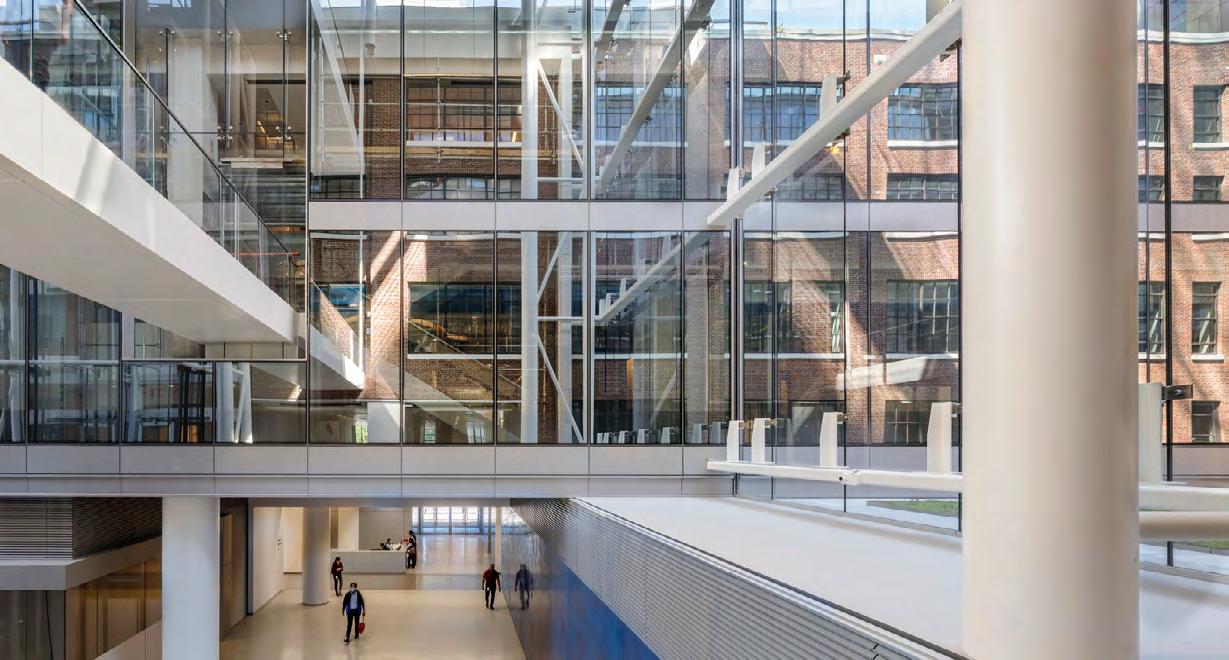


Client: Asana Partners
Size: 80,000 square feet
Completion Date: 2024
Sustainability: LEED Platinum ®
The project began with an existing, underutilized plaza sited two brick structures. Its proportion and sense of scale and proportion were primed for renewal and reimagination.
The design for the Davis Square Plaza interweaves both new and adaptively reused buildings that flank a mid-block urban connector in the heart of Somerville’s Davis Square. The new Architecture responds to its existing masonry neighbors with a quiet nod to the industrial past. A LEED Platinum, contextual modern building seems inevitable in this vibrant neighborhood.
Conduct Due Diligence
Anticipate the Unexpected
Create a Brand
Curate First Impressions
Define the Potential
Set Building Expectations
Differentiate the Asset
Use Timeless Materials

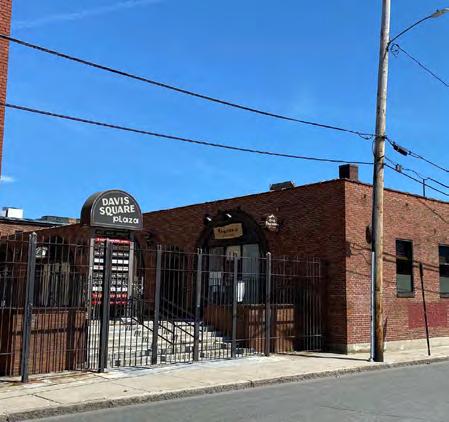
The design for Davis Square interweaves new and adaptively reused buildings that flank a mid-block urban connector; an underutilized public open space dating from the 1970’s.
New Elm Street approach where 2-story “drawer” slides out to become a contemporary facade matching the tone and scale of the neighboring building

A reborn plaza in the heart of Davis Square is transformed into a multi-disciplinary urban place.
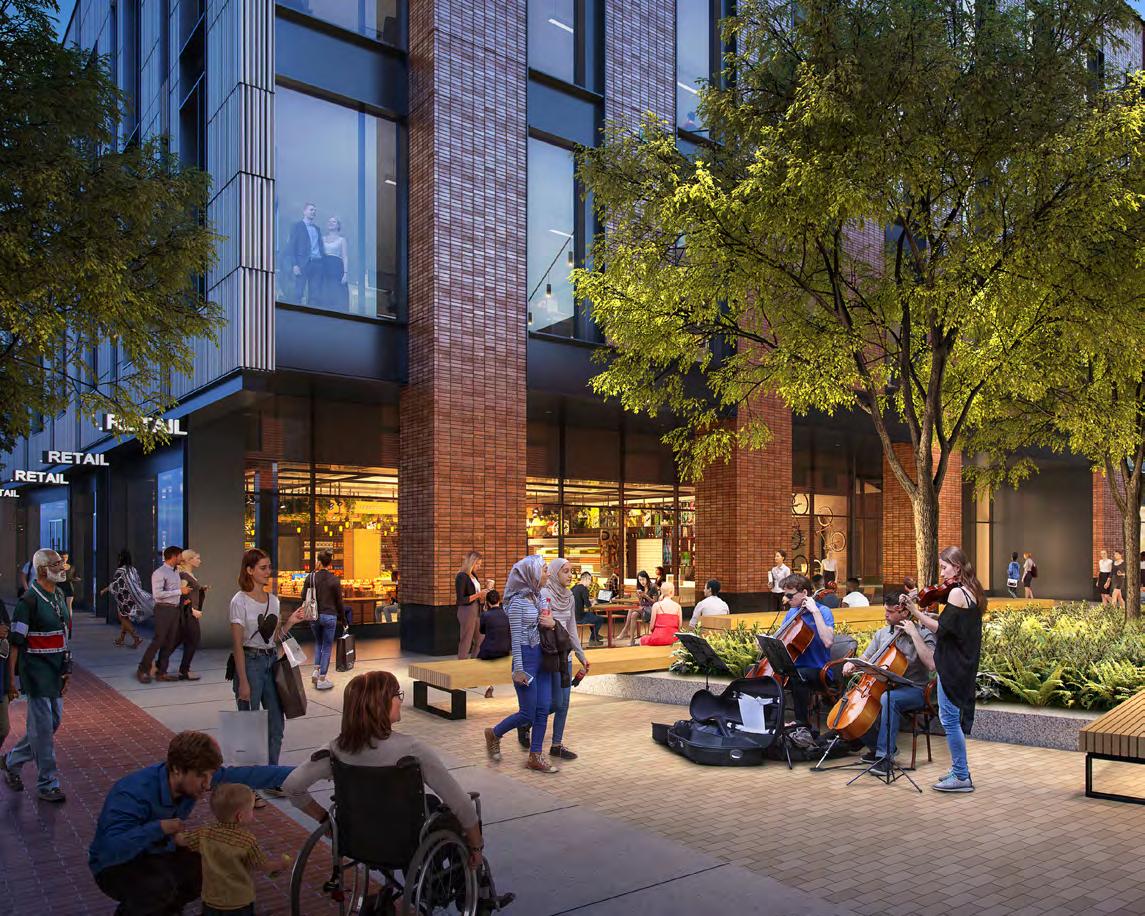

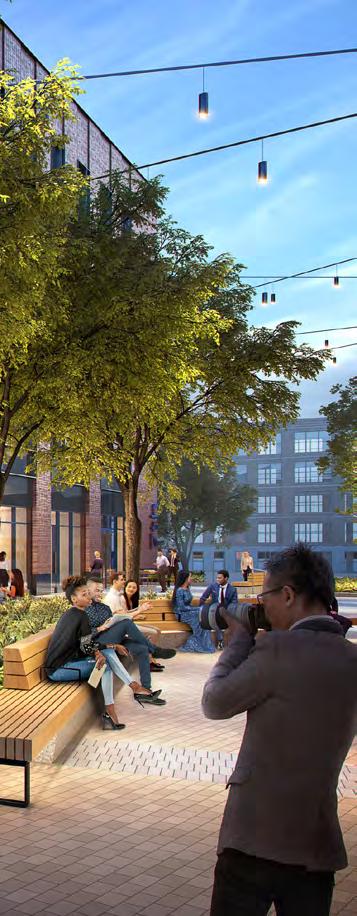
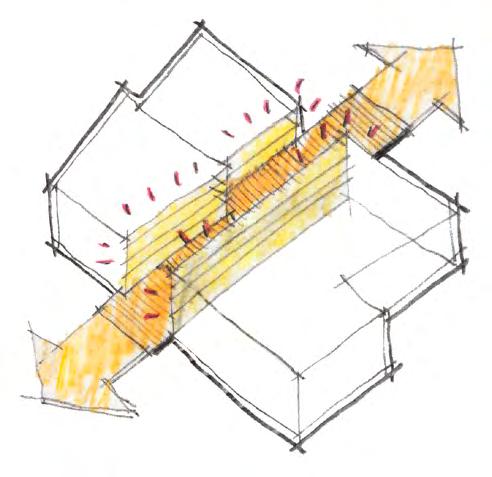
Carbon Case Study
According to the EPA, saving 982 MTCO2eq is equivalent to taking 215 passenger vehicles off the road, or to the amount of carbon sequestered by 1,171 acres of U.S. forest for one year.
Carbon Reduction Estimate
01 — Simulated New Building
1,320
Total est. t CO2e
02 — Adaptive Transformation
338
Total est. t CO2e
Embodied Carbon, Inclusive of Life Cycle Stages A-C, study period of 60 years
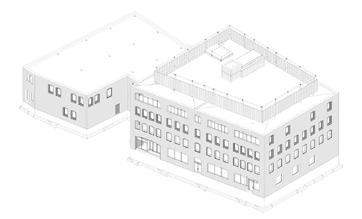
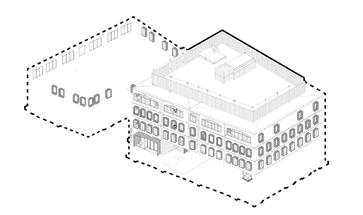
74% t CO2e Reduction
A breakdown of the 74% carbon reduction by material type shows that, as expected, the greatest savings come from the reuse of structural materials— primarily metals and concrete. Retaining the existing brick façade also contributes significantly to the overall reduction.
Comparing Reuse to New Scenarios: Impact reduction assessment
When viewed through the lens of CSI Uniformat classifications, the 74% reduction can also be understood by material location. This perspective highlights how the adaptive transformation achieves substantial carbon savings by preserving structural components in the superstructure, substructure, and foundation systems.
Client: King Street Properties
Size: 235,000 square feet
Completion Date: 2021
Sustainability: LEED Gold ® , WELL Certified ™ Platinum
Located on Court Square, the six-story building is just steps away from dining, cultural, and lifestyle destinations for a true live, work, and play experience. The project involved stitching together three existing structures with a new overbuild to create a facility for varying scales and programs serving Commercial Life Science Start-Ups. Our design focuses on enhancing the tenant experience with innovative, modern lab/office space, welcoming collaboration areas, flexible event space, secure bike storage, and lockers.
The building is designed with centralized MEP services on the roof served by three vertical distribution cores surgically inserted to enable flexible spatial allocations and an ability to add, remove, or alter laboratory space with minimal disturbance to other spaces (or floors) in the building.
Conduct Due Diligence
• Anticipate the Unexpected
• Create a Brand
Curate First Impressions
• Define the Potential
• Set Building Expectations
• Differentiate the Asset • Use Timeless Materials •
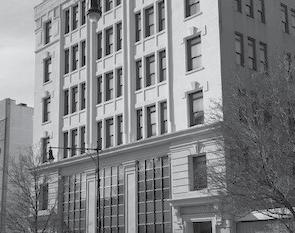
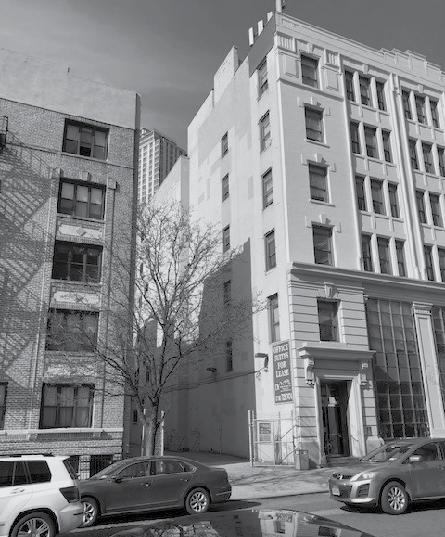
↑ By leveraging the adaptive re-use of an existing building and facade, the project preserves a pre-1930’s construction, and creating unique spaces that acknowledge the history of the structure.

The building accommodates a variety of tenant sizes to address current market needs and tenant growth over time.
Designers wove the new in with the old as a way of respecting the historical building context and guiding the aesthetic design.
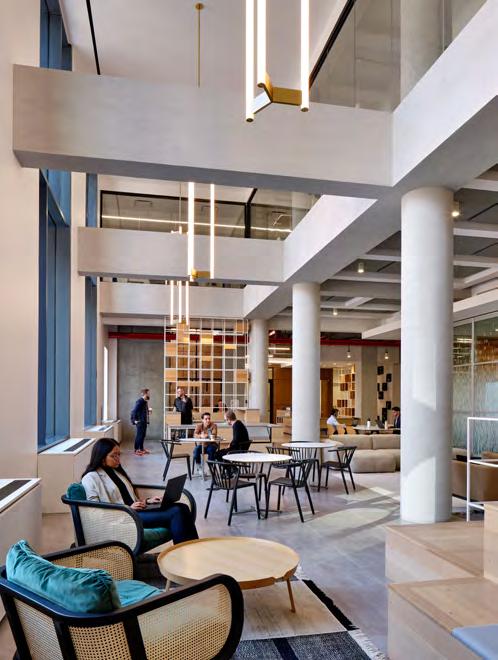
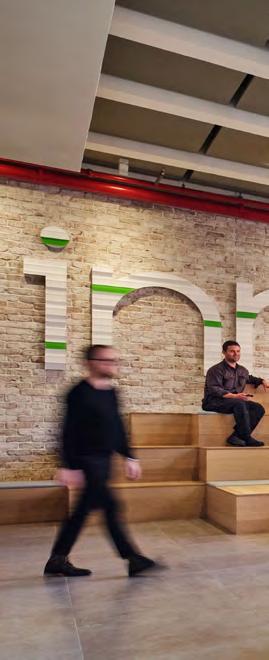
An existing underutilized urban site/office building transformed and repositioned into a high-performing life sciences facility.

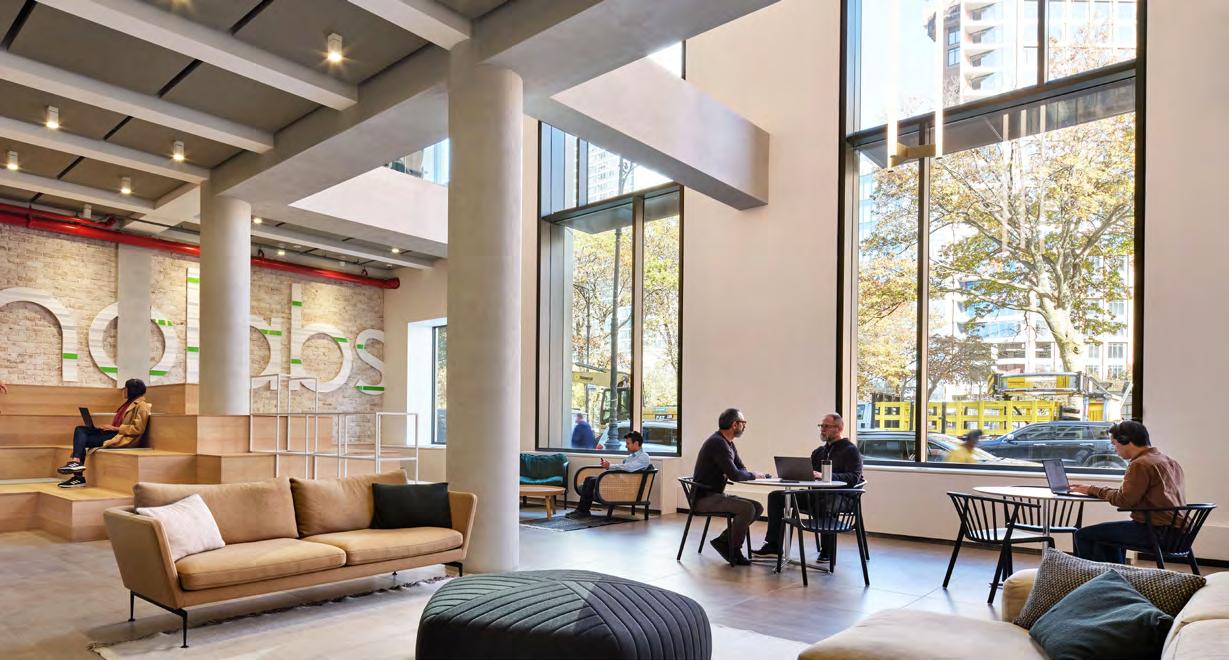


Client: Bernstein Management Corporation
Size: 58,000 square feet
Completion Date: 2022
Sustainability: LEED Gold ®
Awards: Best Renovation - Adaptive Reuse, NAIOP DC-MD, Awards of Excellence, 2022
An Office Refreshed
1222 22nd St, formerly the White House transportation facility, has undergone a complete transformation and now stands as a creative and sustainable office building in the West End of D.C. Its loft-style interior features high ceilings and oversized industrial windows that provide ample natural light and clear views throughout the 14,000 sf floor plate.
The 6,000 sf overbuild not only expands the building’s leasable space, but also offers tenants a conference amenity & an exceptional outdoor experience. The building’s LEED Gold & Well Ready certification showcases the owner’s dedication to sustainability and the health and well-being of its occupants.
Conduct Due Diligence • Anticipate the Unexpected •
Create a Brand
Curate First Impressions •
Define the Potential •
Set Building Expectations
Differentiate the Asset
Use Timeless Materials
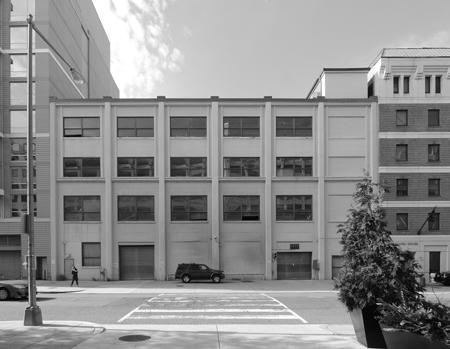
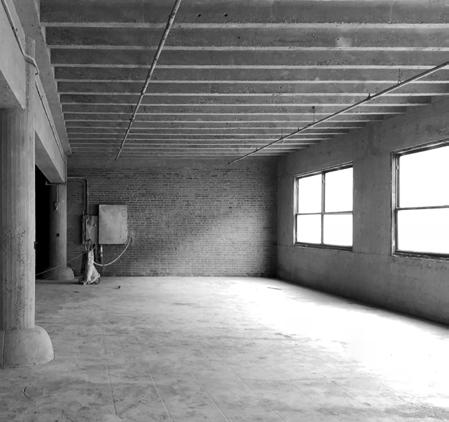
The design takes full advantage of the high ceilings and unique structure of the former industrial building, a rarity in Washington.
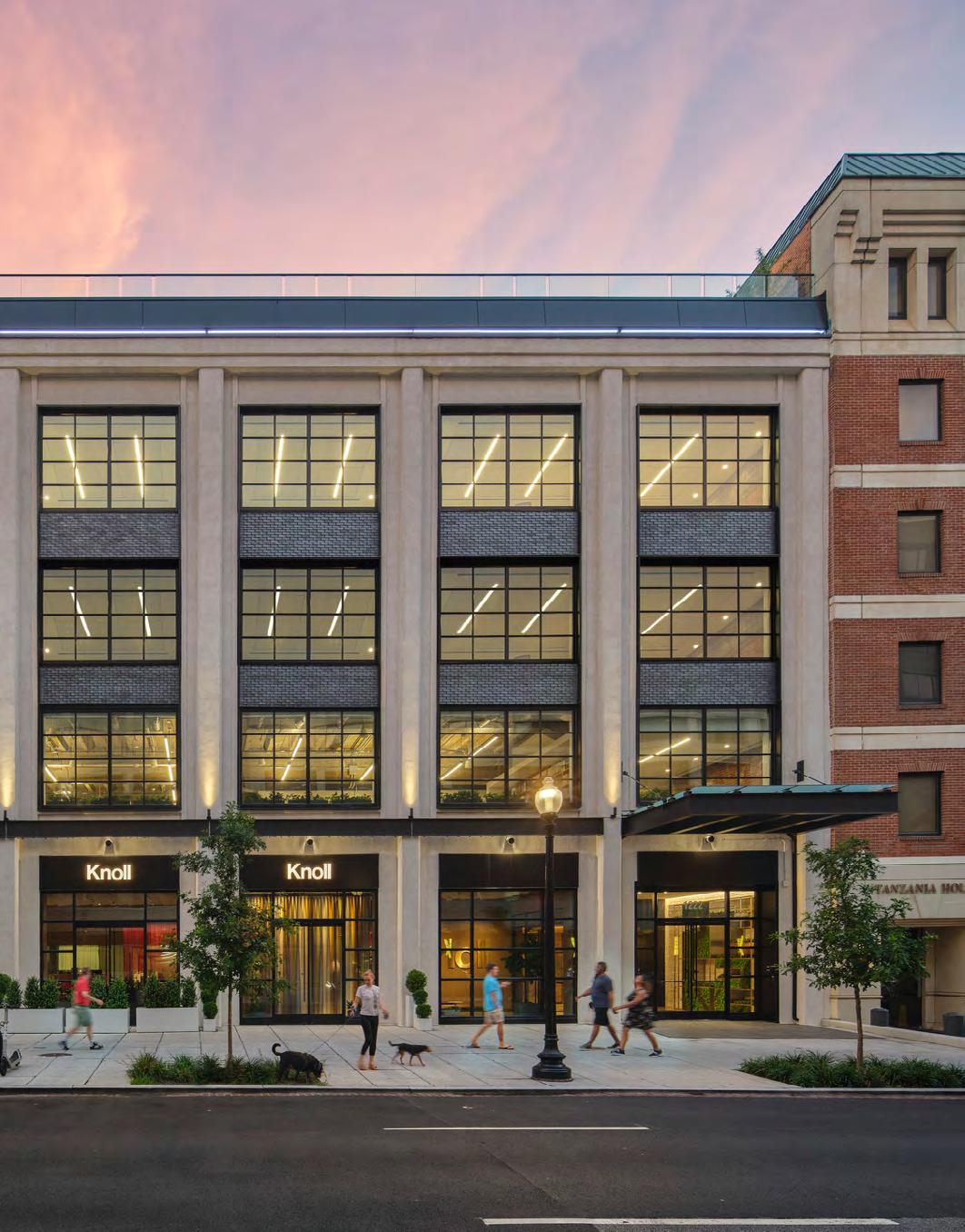
Transformation of the former White House transportation facility into a creative loft office space.



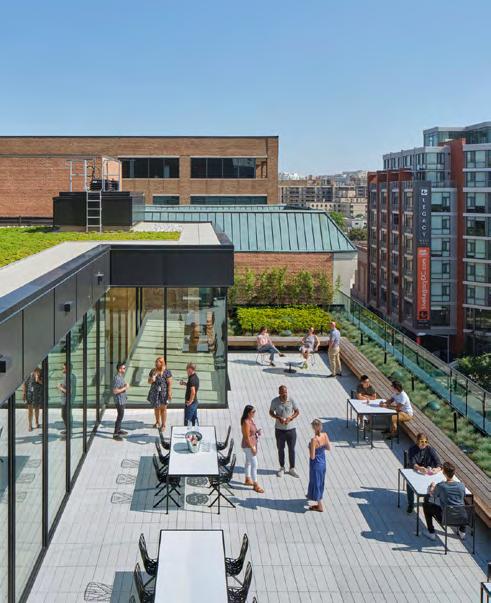
Client: Unilever
Size: 300,000 square feet
Completion Date: 2018
Sustainability: LEED Platinum ®
Awards: LEED ® Project of the Year, Commercial, USGBC New Jersey, 2019
We creatively repositioned Unilever’s corporate campus by consolidating four 1960’s office buildings into a conceptually unified, highly flexible, collaborative work environment. At its core is “The Marketplace”—a vibrant, light-filled atrium bursting with the colors, flavors, and personalities of Unilever North America brands. Whimsical interior branding creates a memorable experience for a millennial workforce.
Integrated smart technologies record energy data and automate use, enabling the building to learn from employee behavior. Employees choose where and how they wish to work, thereby boosting productivity. This allows Unilever to increase efficiency, break down silos, and attract and retain talent from nearby New York City. At least 75 percent of waste generated during construction was diverted from the landfill, inspiring us to repurpose old materials, like salvaged wood, which was used to create Unilever’s reception desk.
Conduct Due Diligence
Anticipate the Unexpected
Create a Brand
Curate First Impressions
Define the Potential
Set Building Expectations
Differentiate the Asset
Use Timeless Materials


The client wanted to recreate this 1960s slab construction building and turn it into a funky New York loft
By enclosing the outdoor courtyard that had originally separated the five buildings across the campus, the design team created a vast atrium-like space in which Unilever employees can meet, work, dine, play, or simply unwind

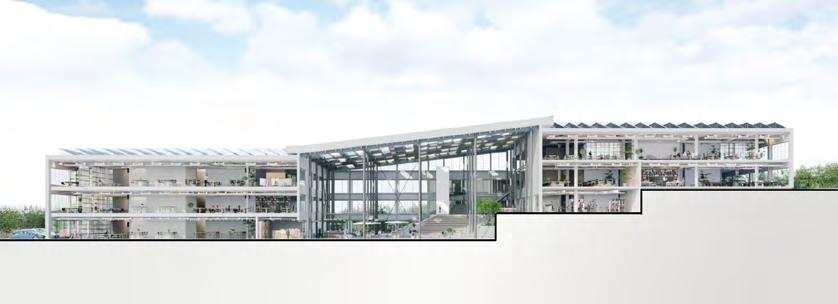

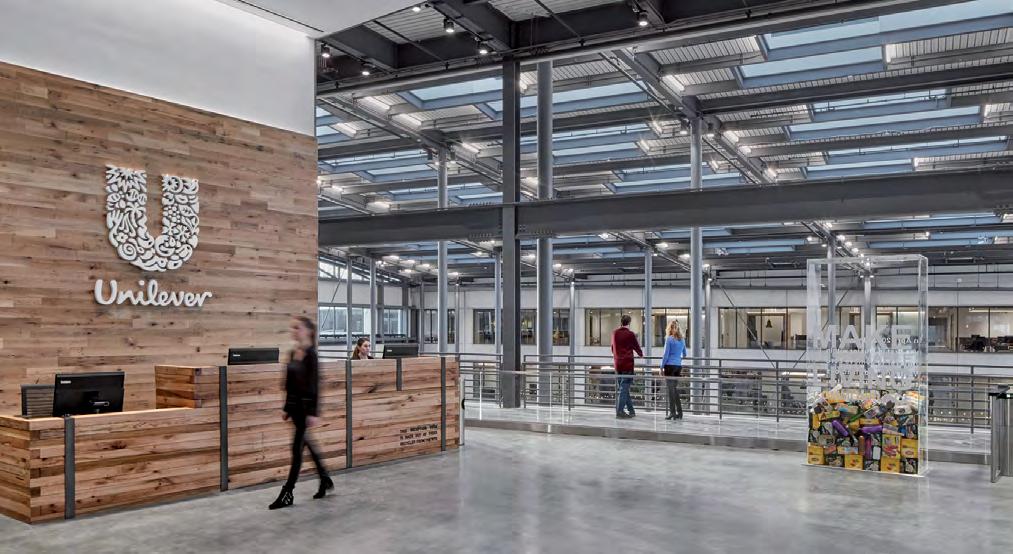
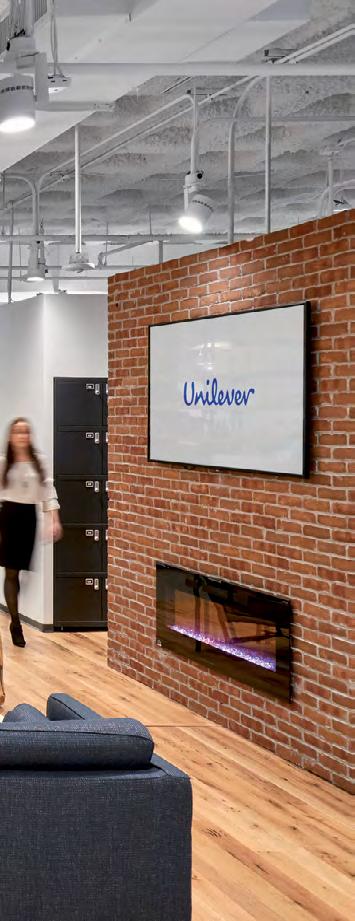

This creative consolidation of four drab 1960s office buildings resulted in an ultra-sustainable, high-tech workplace.
Client: BXP
Size: 200,000 square feet
Completion Date: 2018
Sustainability: LEED Gold ®
Essential to a successful repositioning is understanding where to devote resources to maximum effect. In the case of 191 Spring Street, creating a new tenant entrance and drop-off brings a new address, presence and personality to the building, all geared towards a wow-factor first impressions for tenants and visitors alike.
Similar with a lot of existing structures, this building was not originally designed to address the way in which current occupants would engage the facility, and in opening a new entrance to the building, the design narrates your first impression as a welcoming, fresh, new building for its next generations.
Conduct Due Diligence
Anticipate the Unexpected
Create a Brand
Curate First Impressions
Define the Potential
Set Building Expectations
Differentiate the Asset
Use Timeless Materials
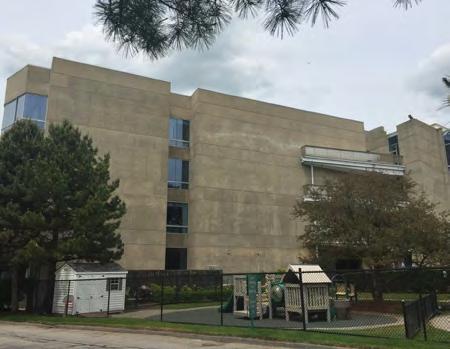
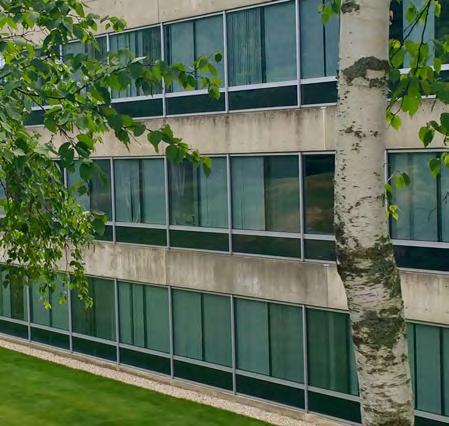

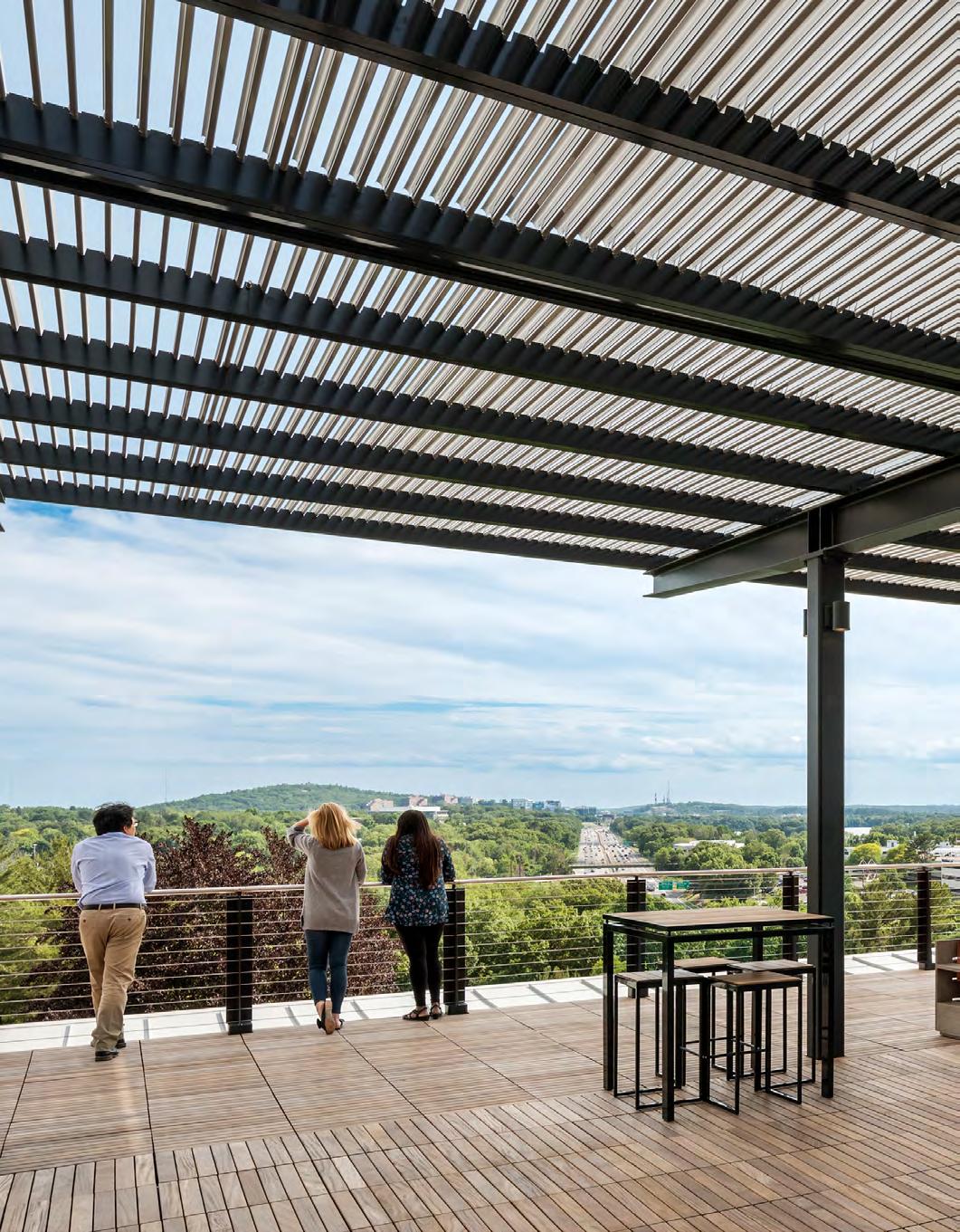

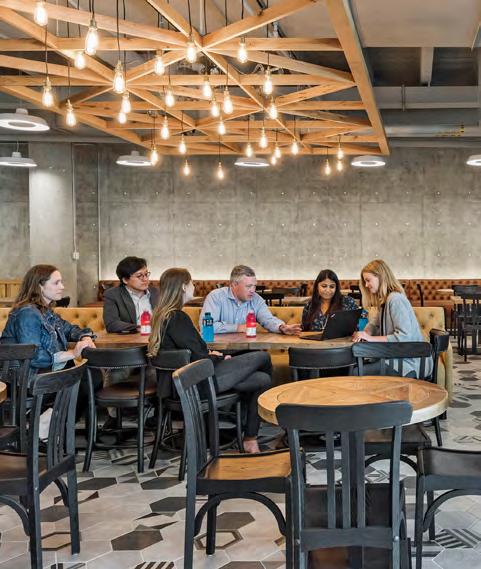
Carbon Case Study
The building and the tenant spaces are transformed through transparency. Conversion of the building’s opaque, exterior mechanical shafts into multi-story glazing, presents improved interior workspace and a new identity for both building and tenants alike.
Baseline Project | EUI = 72.6 | New Materials
6,253.5 Total

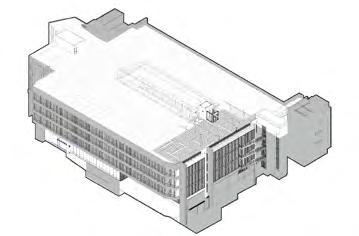
3,245.8
While
In these projects, operational decarbonization becomes a top priority—reducing emissions not just through design innovation, but by extending the life of buildings and minimizing the carbon costs of demolition and new construction.
We re-imagined 401 S. State Street not as a relic of the past, but as a model for the future.
Our team explored two scenarios to transform what was formerly known as the Leiter building, a historic commercial building and the former home of Sears. One scenario supports a P3 developer-led institutional tenant in creating an Academic Village in the heart of Chicago; the other creates a mixed-use residential community that revitalizes a neighborhood.
In both scenarios, we imagined all-electric housing—proof that sustainability and preservation aren’t at odds. We kept the bones and character of the original structure, cutting the carbon cost of new construction while breathing new energy into the block.

Conduct Due Diligence
Anticipate the Unexpected
Create a Brand
Curate First Impressions
Define the Potential
Set Building Expectations
Differentiate the Asset
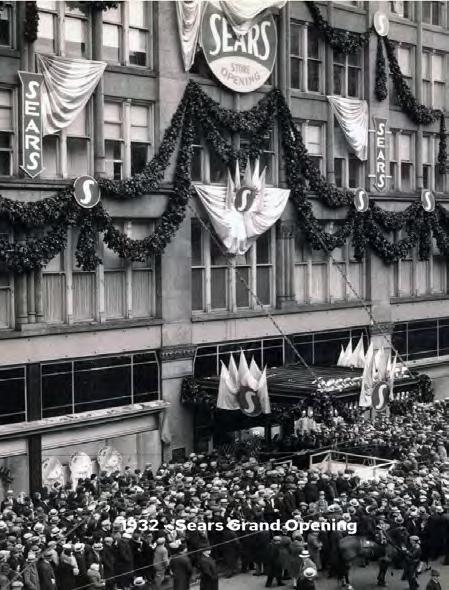
401 State
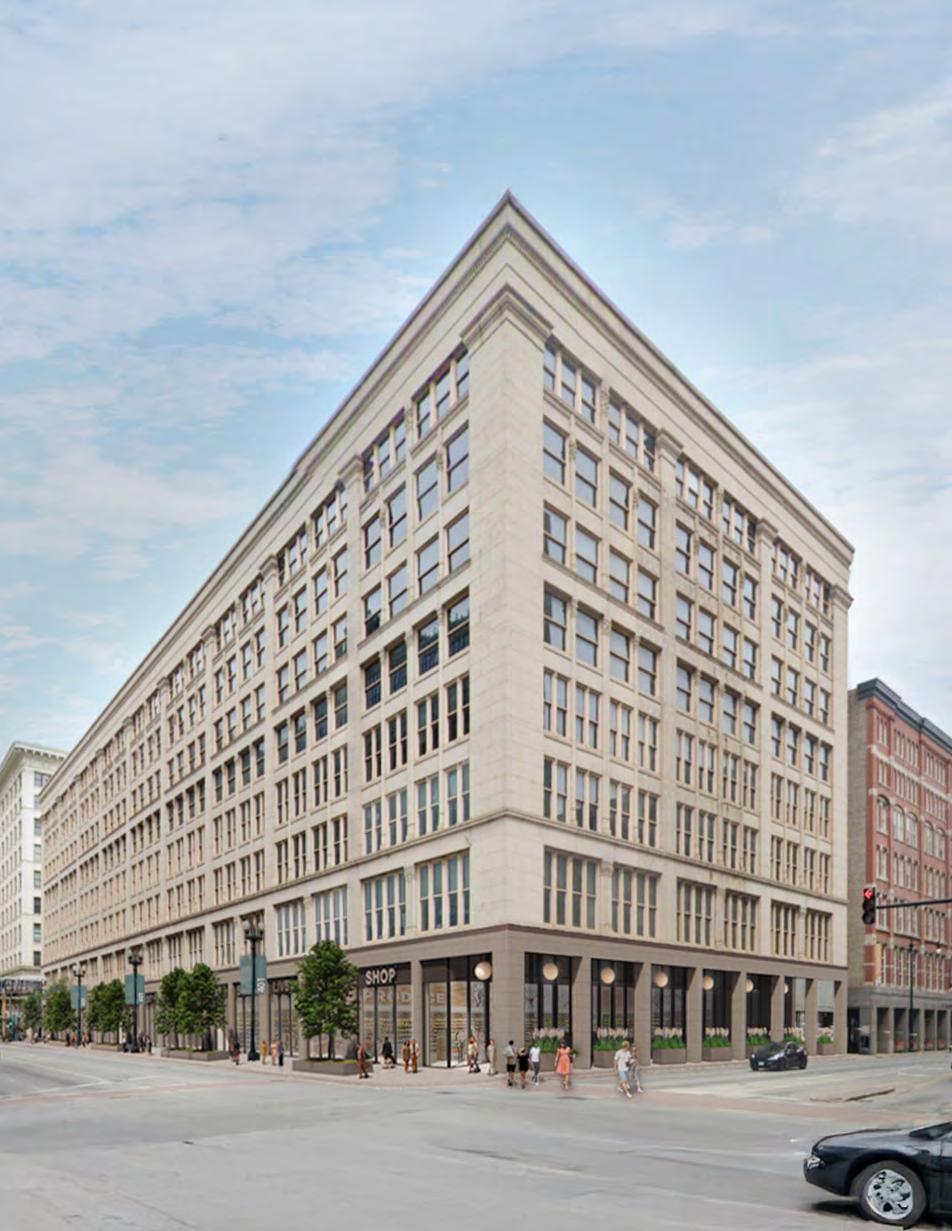
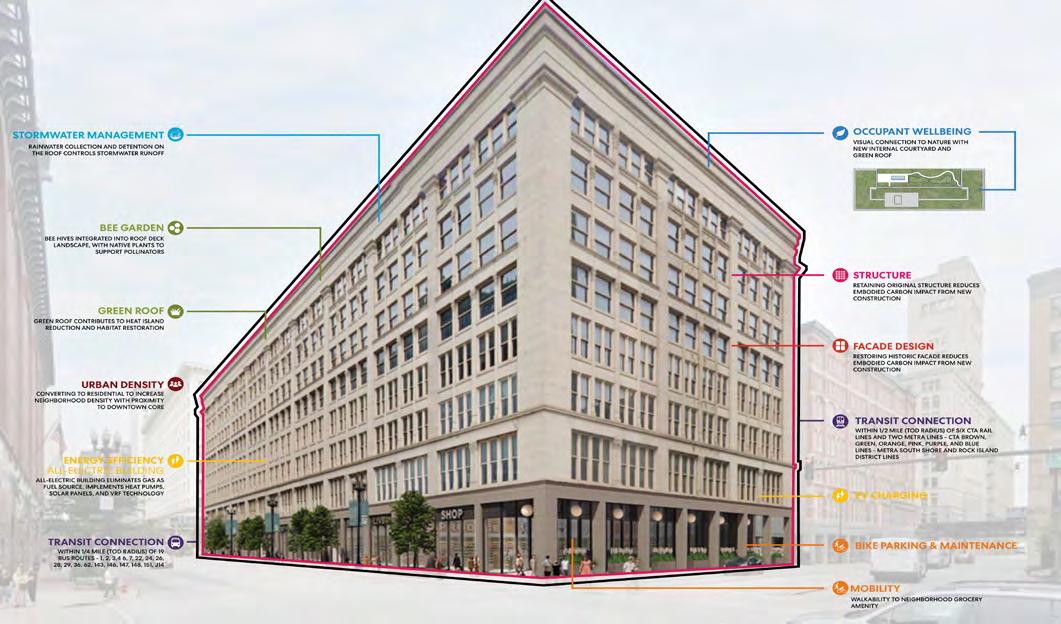
Sustainable strategies include a green roof which cools the building and nurtures pollinators. Stormwater systems slow runoff below. Transit is a short walk away, and the rooftop solar panels quietly power daily life.
Site context study showing neighboring occupancy.
A repositioning study that explores multiple sustainable scenarios for housing in downtown Chicago.


Over twenty institutions have satellite or primary campuses within a half-mile walking radius of the site. This scenario accommodates retail, loading, and mechanical zones while leveraging the building’s dense core for two levels of fitness studios, locker rooms, gymnasiums, and recreational space. Micro residential units are bookended by RA suites and common areas on each level.
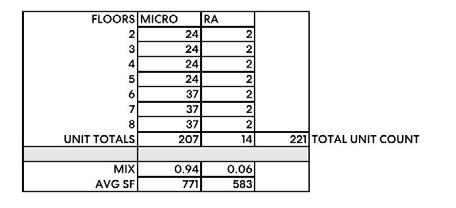
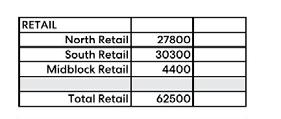
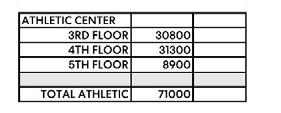

401 S. State Street is within walking distance of a handful of parks and attractions for young or growing families. This scenario creates 237 units of studio, 1-, 2-, and 3-bedroom living space, above a three-level parking garage with tenant storage. An amenity floor on level 5 opens into the roof garden and features co-working and fitness space, as well as a pool.
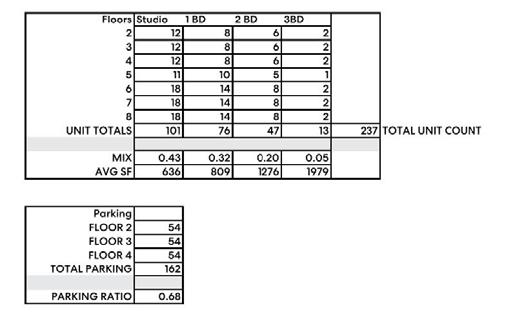
Client: BXP
Size: 110,000 square feet
Completion Date: 2023
Awards: Commendation in Interior Architecture, Boston Society of Architects, 2024; Shortlist, Perkins&Will Biennale, 2024
Deference to the View
View Boston is a civic and commercial point of convergence for visitors and residents alike to encounter the city and an iconic landmark building from a new perspective. Located atop the 749-foot tall Prudential Tower in Back Bay, View Boston encompasses three floors of interior and exterior observation decks, hospitality venues, and interactive exhibits offering an unparalleled birds-eye view of the city.
Challenges inherent from the outset of the project involved working within the aging systems of a fully operational, historic office building while updating critical infrastructure to modern standards. Our longtime client BXP envisioned the space as an inclusive gathering place for the public and saw an opportunity to celebrate the architectural significance of the tower, reimagining the Pru as an essential first stop for visitors and a place that residents would return again and again.
Conduct Due Diligence • Anticipate the Unexpected • Create a Brand •
Curate First Impressions • Define the Potential
Set Building Expectations
Differentiate the Asset
Use Timeless Materials
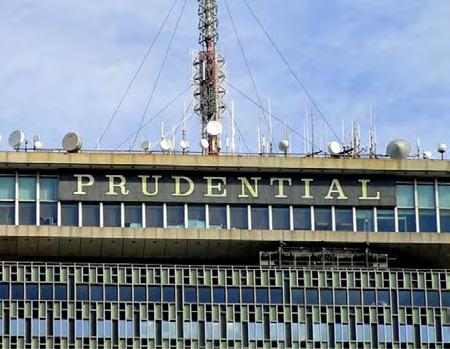
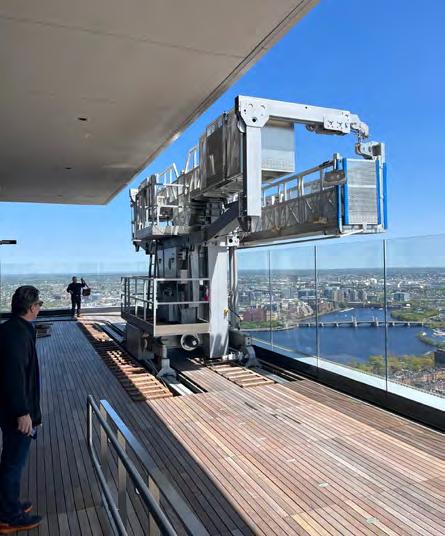
Operable tracks beneath the deck serve as a guide for a new window washing rig.
The new observation deck offers 360degree views of the city.
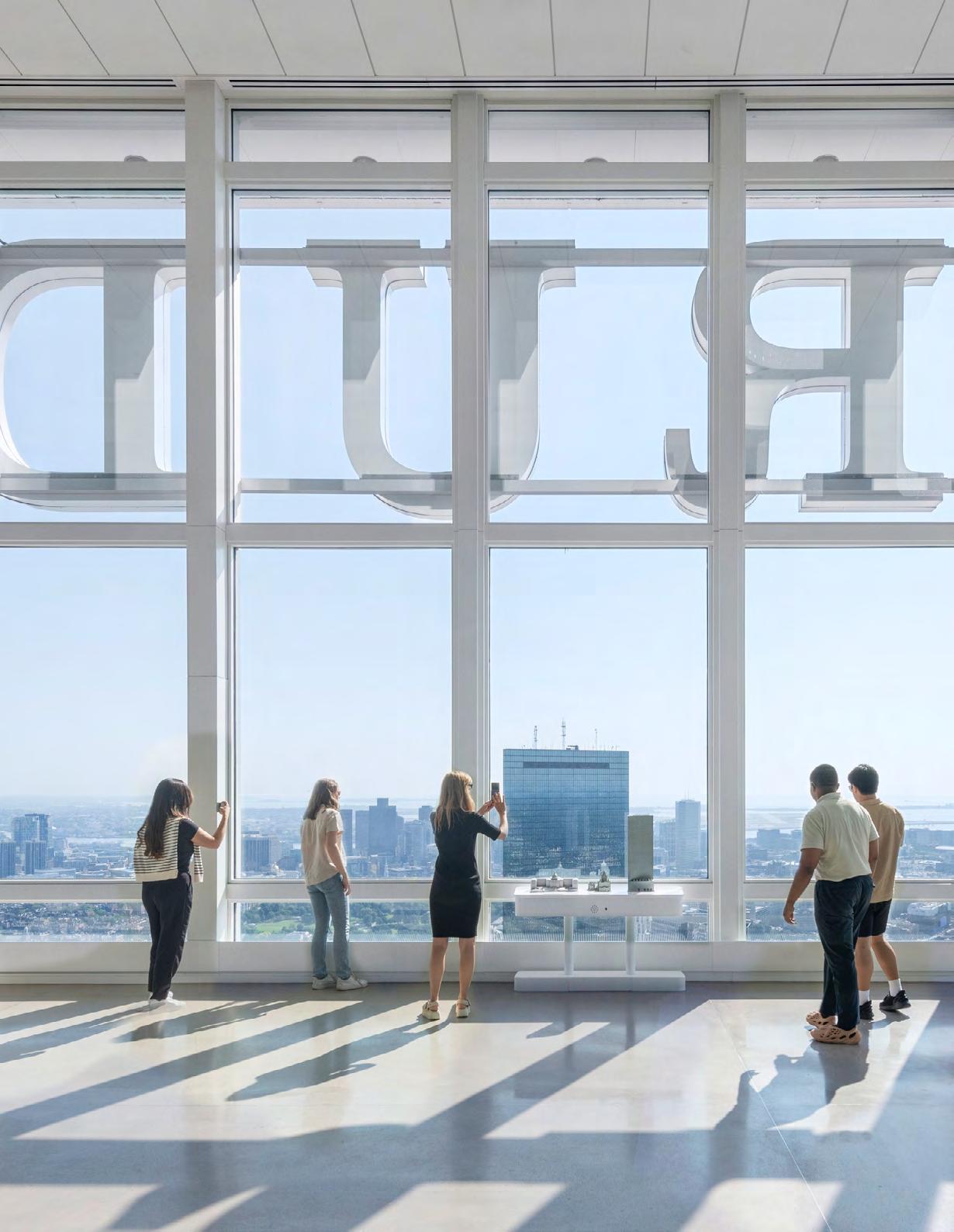
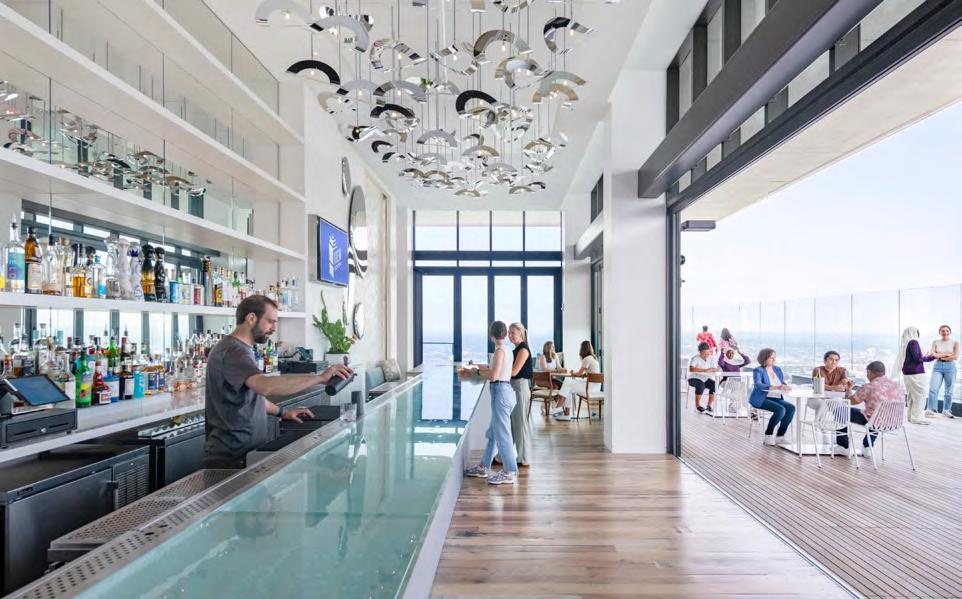

A
universally accessible
public space at the top of Boston, in the Prudential tower.
The skyscraper’s new observation deck features an outdoor viewing area, a cocktail lounge, and immersive exhibits.

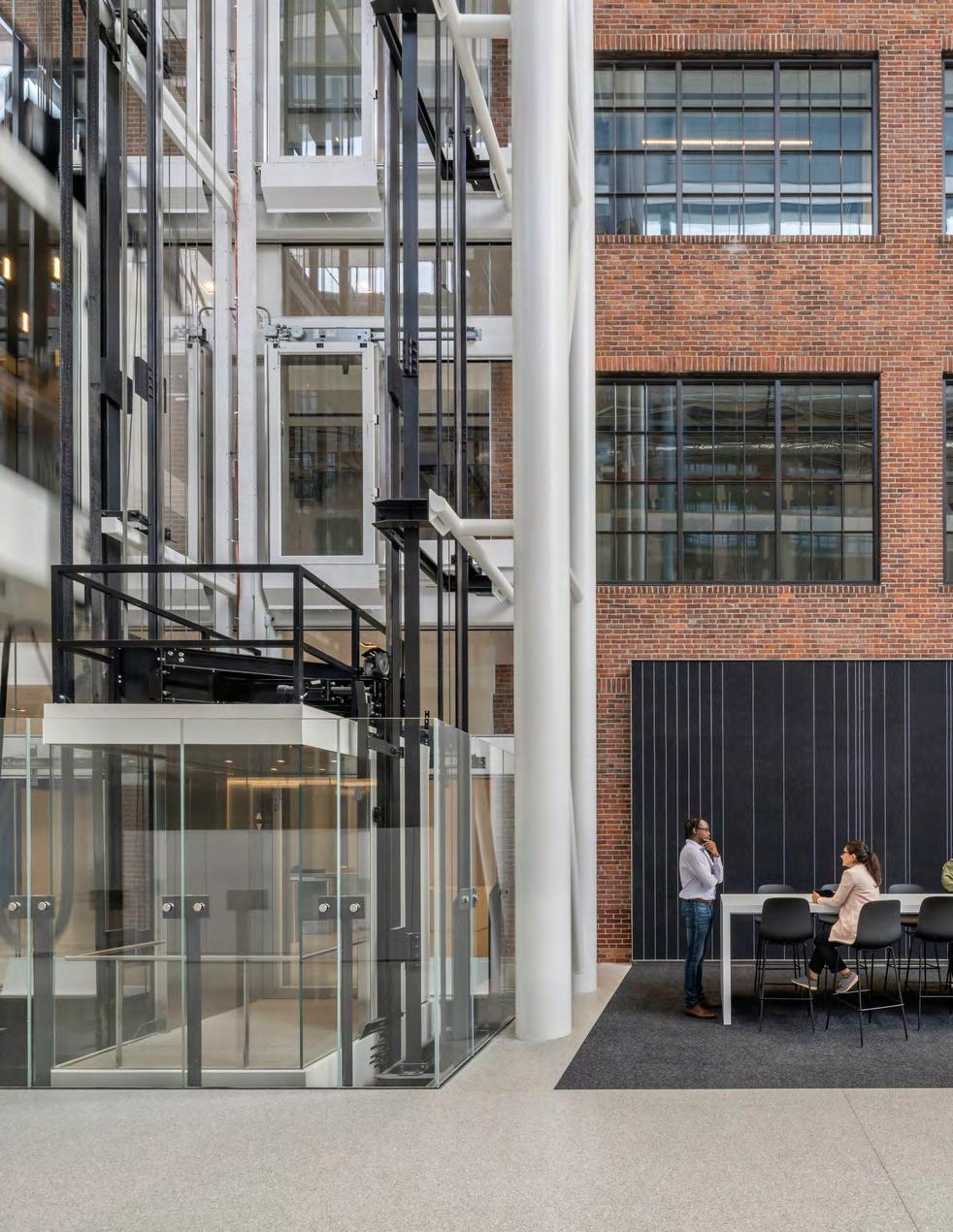

225
Boston, Massachusetts 02110